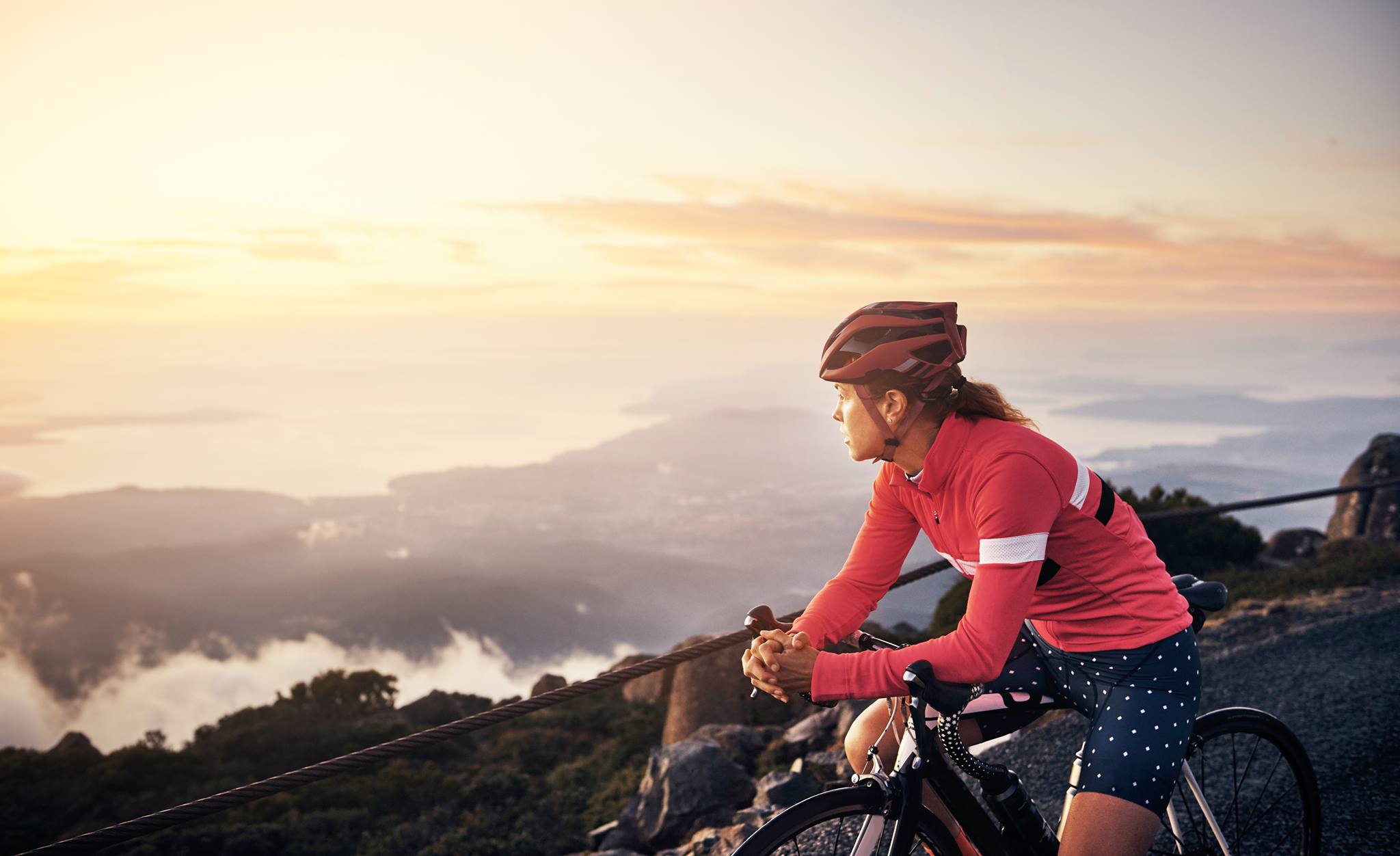Fast forward a few years, and as more research has been done into what the actual difference (if any) between gendered versions of items like razors, multivitamins, swimming goggles, and everything in between, actually is – bikes have fallen under the same scrutiny. Although it can be roughly suggested by some sets of data that women do have longer legs, proportionally, or shorter torsos compared to men, does that mean the bikes being sold as ‘women’s bikes’ are actually any better for them?
As it stands, some people swear by their women’s bike while others dismiss them as nonsense. Naturally, we’re not here to settle the debate but simply to outline some of the major talking points that inform the discussion, in the hope that women can feel more confident making a decision regarding whether or not a women’s bike is right for them. Here’s a breakdown of some of the key concerns.
Do women have shorter upper bodies?
The most prominent argument forming women’s bike design is that women, on average, have shorter upper bodies and arms, compared to men. You’ll also see this reframed to suggest that women have less strength in their arms and legs and therefore need more power to come from the lower body. Sometimes the centre of gravity is also raised or the fact that women can’t rotate forward in the same way due to the sensitivity of their pelvic area.
Regardless, brands supporting women’s bikes state that the statistically average female needs a shorter reach on her bike when compared with the statistically average man. Practically, this means that women’s bikes tend to have a shorter top tube and higher stack.
The criticism here is that as valid as some of the data may be, simply shortening the reach and rebranding something as a women’s bike is only addressing one of many components. Designing an entirely new frame that would allow the woman to have that reach with an ‘average’ length stem might require more investment than many brands are willing to make. When you reverse the logic and ask that if 80 per cent of the riding population was female and the men were the 20 per cent – would they want to be told they’re best off with a longer bike, but ‘it’s ok, you can just have a 150-mm stem?’ Thus, the problem becomes more clear.
Do women want a different riding experience?
You’ll also hear the argument levelled that women don’t need a shorter reach because of shorter upper bodies but rather that they are, overall, looking for different riding experience. Some brands creating women’s bikes with a shorter reach and greater stack say they do so because a lot of their female customers want a more relaxed, endurance style fit and are less concerned about being aerodynamic or going really fast.
The problem here is that many different types of bikes already exist for that exact reason. Regardless of your gender, you might decide that an endurance, cyclocross, gravel, or adventure bike is what you’re after and that’s why the diversification of bike models exists.
If we had research to suggest that women’s bodies need specific women’s race bikes or endurance bikes, then the argument might be more compelling. As it stands, there’s a lot of room for scepticism.
Do women power their bikes differently?
Anyone who has spent any amount of time thinking about bike design will be able to appreciate that the balance of stiffness vs lightness is an art. One argument for women’s bikes is that this balance is often designed around men’s requirements and tuned to offer perfection for the average man. Meanwhile, the average woman is often lighter and usually produces less power – so she needs something different.
In a world of standard bodies, this could be the basis for consideration. Unfortunately, very few of us are inclined to feel that we have the perfectly average body. There are many different bikes out there, some are super stiff, others are more comfortable, regardless if the model in question is designed with gender in mind.
Do the pros ride women’s bikes?
This one inevitably comes up at some point in the conversation. Practically all on unisex bikes, pro women riders also work with a whole team of experts to determine which bike is best suited to their body, strengths, and goals. There’s definitely something problematic about the fact that you might still catch a team manager saying, “Our girls ride the sponsor’s men’s model, they’re strong riders!” But knowing that plenty of self-respecting ‘strong riders’ also love their women’s bike, were inclined to say that which bike the women choose to ride should be down to what fits them.
What can the industry do better?
Undoubtedly, women want bikes based on the same reliable data that informs the construction of the top bikes, end of story. And although some points are relatively undisputed, for example the fact that handlebars and saddles are an area where the vast majority of women will need something different to their male counterparts, the rest remains largely inconclusive.
Going forward, probably the best thing we can ask is for the industry to be honest about the decisions behind their design and to show the research that informs them. If the data, research, rider feedback and bike fit information points toward the need for a women’s bike, then build them. If not, then don’t.
When it comes to the practicalities of buying a bike, remember that bike brands need to create bikes for ‘averages’ to reach the largest audience possible. Keep in mind that a good bike shop will ignore marketing and concentrate on bikes that fit your body proportions. And due to the fact that each body is unique, the only way to find out what suits you best is to try a lot of bikes.








